The city of Frankfurt and dan pearlman, a leading brand and experience architecture group, have revealed plans for the future development of Frankfurt Zoo after several months of work.
Frankfurt Zoo is Germany's second-oldest zoo. It was reconstructed after World War II when it was almost entirely destroyed. Some main sections date back to the 1950s and 1960s, and these older habitats no longer fulfil modern animal care or zoo standards. This means that a major redesign of more than half of the site is necessary for the zoo, founded in 1865, to continue fulfilling its responsibilities.
The 2019 concept study “ZOOKUNFT2030+ Development Plan for the Zoo of Frankfurt” laid the groundwork for a thorough zoo renovation of two large areas encompassing five hectares. The second step involved establishing a masterplan to verify, detail, and develop the concept research in two parts of the zoo's northeast and southwest portions.
In September 2024, the masterplan team, including zoo director Dr Christina Geiger, Frankfurt's office for construction and real estate, and the zoo planners at dan pearlman led by Kieran Stanley, presented the final masterplan, which offers specific solutions to the complex challenges of redeveloping the zoo, with the primary goal of providing the best conditions for the animals and an immersive experience that fosters understanding of nature and species diversity.
Immersive zoo design
Frankfurt’s head of culture and science, Dr. Ina Hartwigstated: “The masterplan must address the challenge of providing species-appropriate animal care and immersive wildlife experiences on 11 hectares in the heart of the city. It must balance a sustainable and efficient energy concept with the needs of various animal species while ensuring a high-quality experience for visitors and excellent working conditions for the zoo staff.”
The masterplan redesigns the zoo into biomes, including savannas and rainforests, and features a clear separation between visitor and operational areas. Elevated walkways across halls and aviaries will allow direct animal contact, and other plan highlights include a glass tunnel under the hippo pool. The zoo will also have playgrounds, places to sit, and culinary options to meet the needs of its 800,000 yearly visitors.
Redeveloping these key sections will highlight the zoo's close relationship with the Frankfurt Zoological Society (ZGF), which developed project areas in Africa and South America. The zoo will have additional African areas (Serengeti and Lomami) in the southwest and a South American region (Manú) in the northeast. Like the ZGF's project areas, energy-efficient animal housing and open enclosures allow year-round animal observation. Educational elements will enhance the zoo's education mission and expand visitors' understanding.
Geiger says: "Our motto, 'Experience Animals – Preserve Nature,' leads to two promises we want to fulfill. We aim to bring the fascination of wildlife to life for our visitors. They should immerse themselves in the animal world and discover something valuable. Our goal is to create positive, sensory-rich experiences that leave a lasting impression, fostering a conservation culture based on awareness and motivation to act.”
Future-proofing Frankfurt Zoo
The architects and zoo planners at dan pearlman collaborated with the Frankfurt city team to address a long list of tasks. The viability of the concept study's original concepts was assessed in terms of urban planning, architecture, structure, biology, and ecology. The masterplan is centred on providing future-proof animal care, an exceptional guest experience, and exemplary working conditions for employees.
Jobst Jung from Frankfurt’s office for construction and real estate says: "Planning large areas in the middle of a city is always a huge challenge. The Frankfurt Zoo, with its history and ever-changing demands on animal care and operations, as well as its special offerings for visitors, is an extremely complex planning and construction task.
"The zoo's redesign must also be considered in the context of urban development, taking into account future changes in population growth, urban climate, energy efficiency, and sufficiency."
The recently unveiled masterplan satisfies all prerequisites and will now serve as the foundation for upcoming choices made by local officials about its implementation. The zoo will stay open while the renovations are completed, with a phased introduction. Thanks to the new masterplan, Frankfurt Zoo will be well prepared for the future and its role as a centre for international conservation efforts.
Earlier this year, dan pearlman shared insights into creative approaches to zoo design, following its project to create the Rhino Pagoda at Berlin Zoo, Germany.
All images © dan pearlman
Charlotte Coates is blooloop's editor. She is from Brighton, UK and previously worked as a librarian. She has a strong interest in arts, culture and information and graduated from the University of Sussex with a degree in English Literature. Charlotte can usually be found either with her head in a book or planning her next travel adventure.
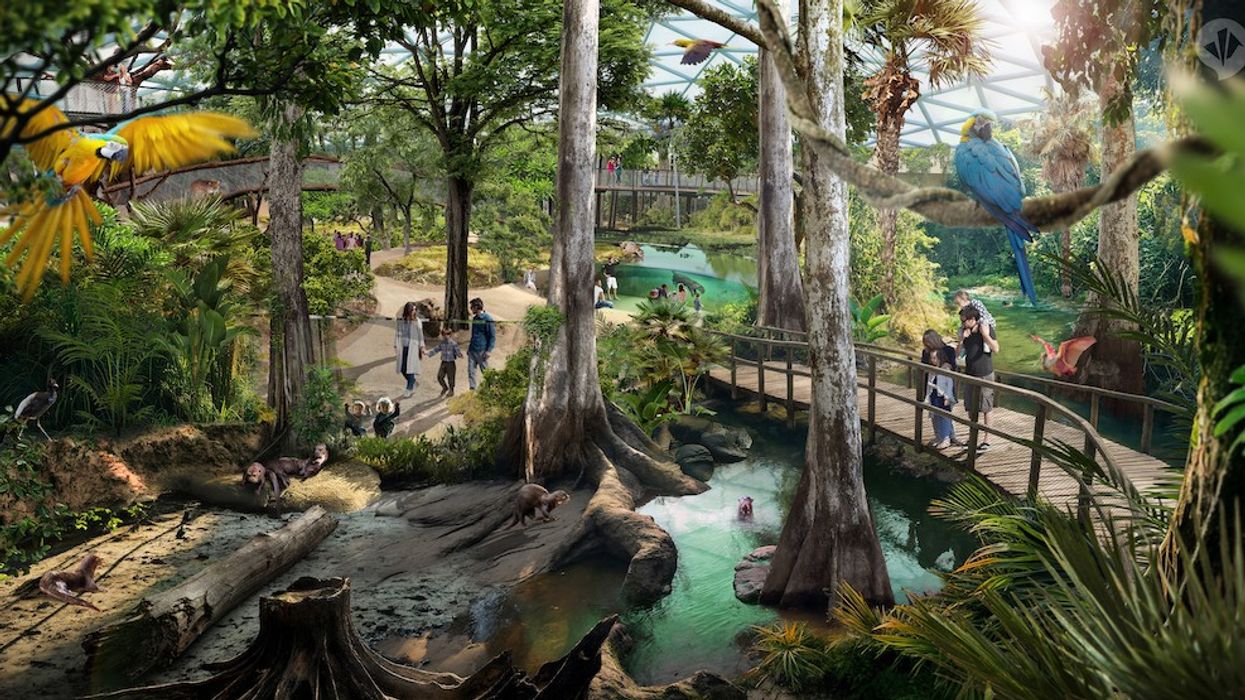

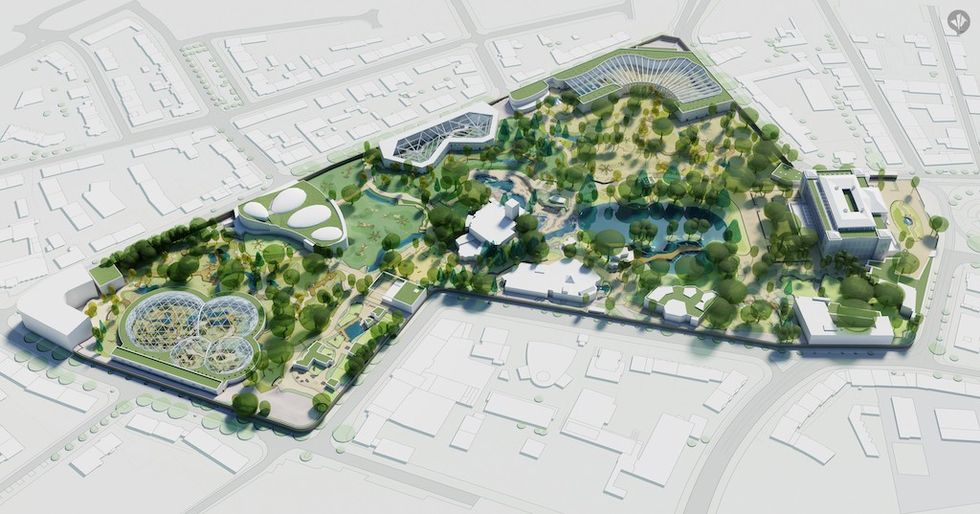
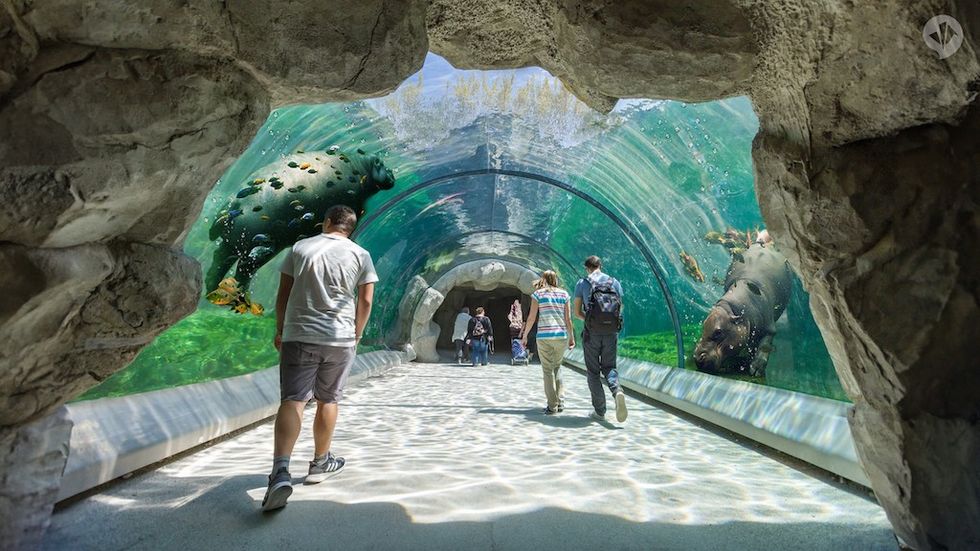
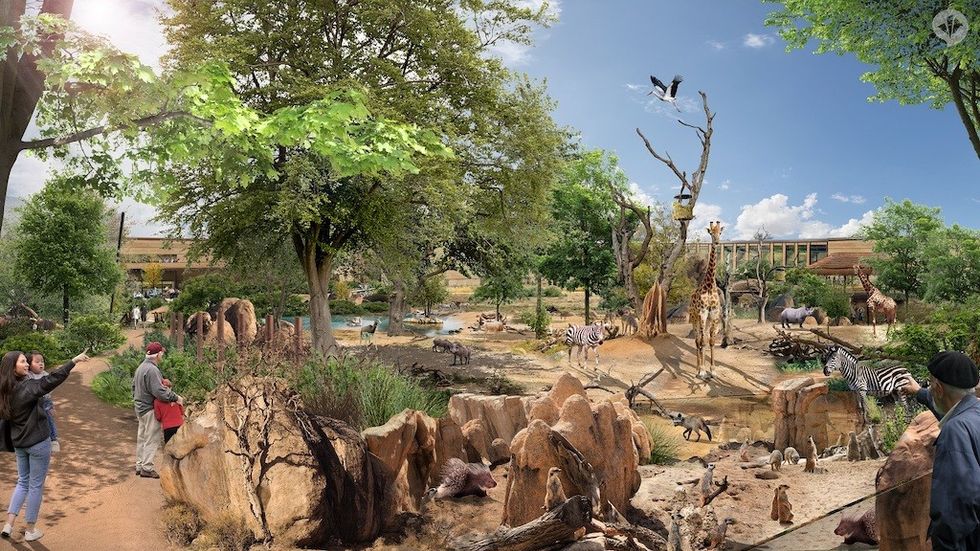
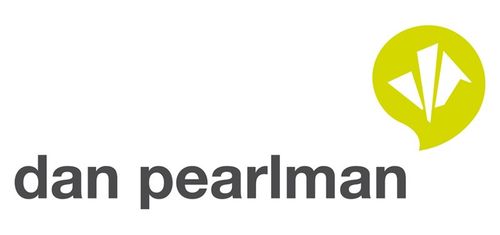

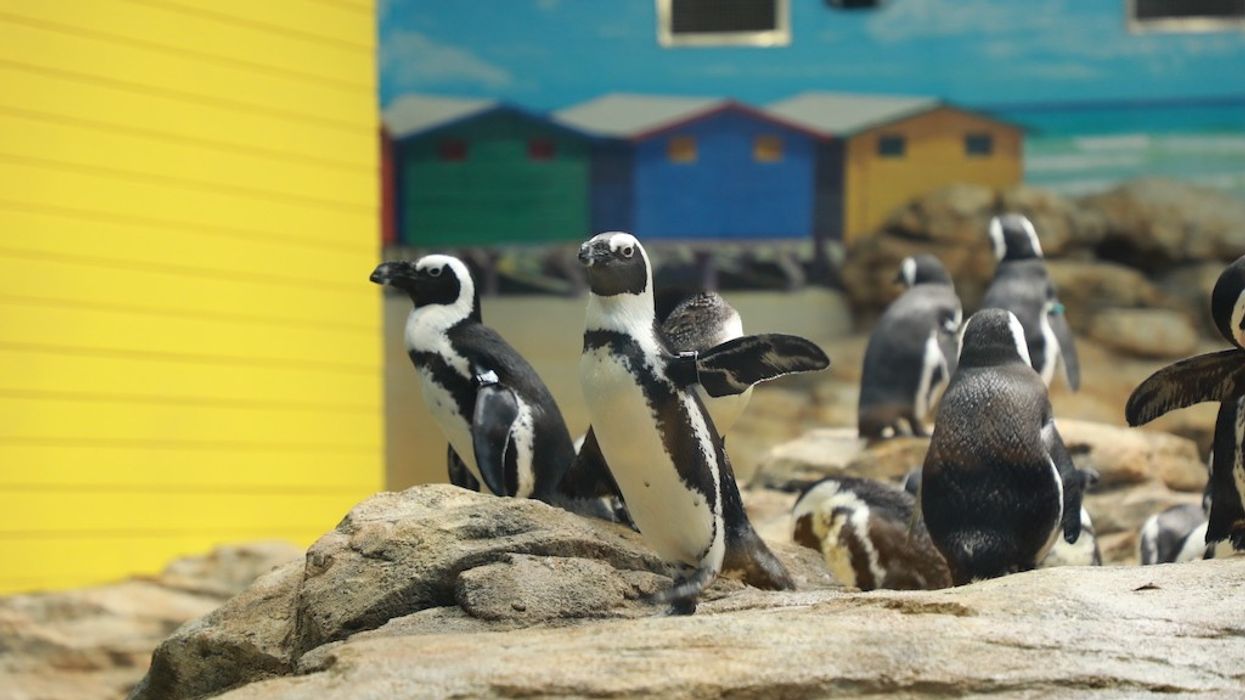

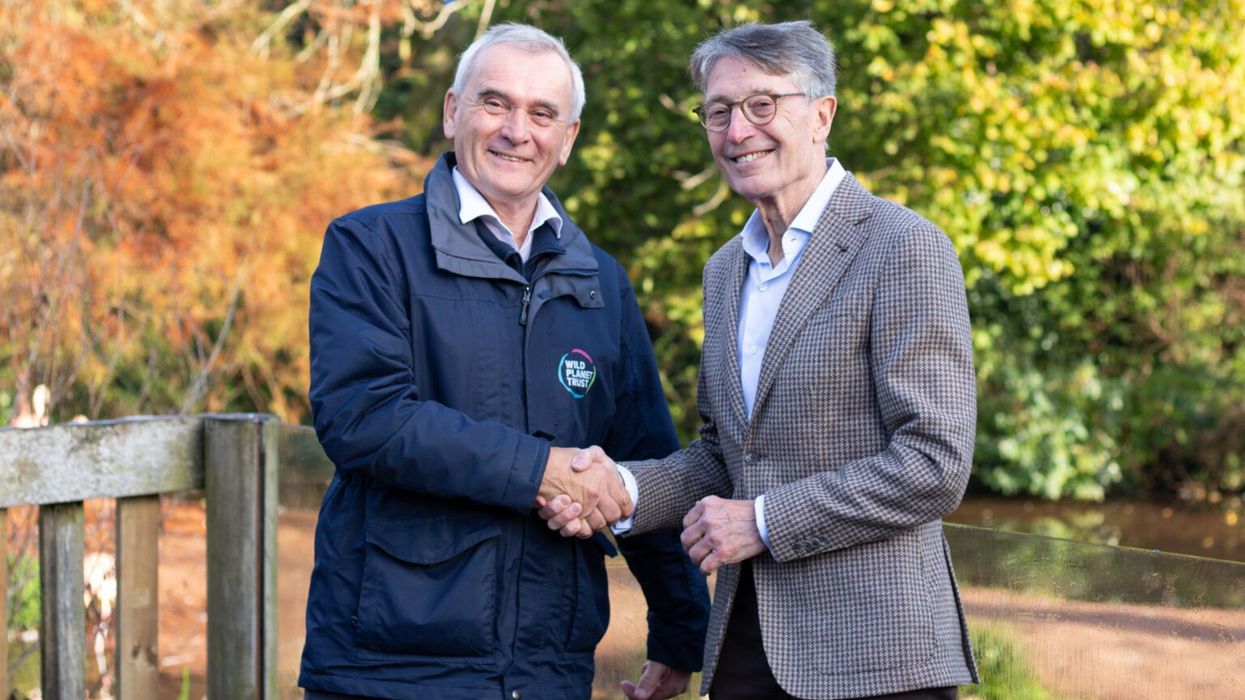
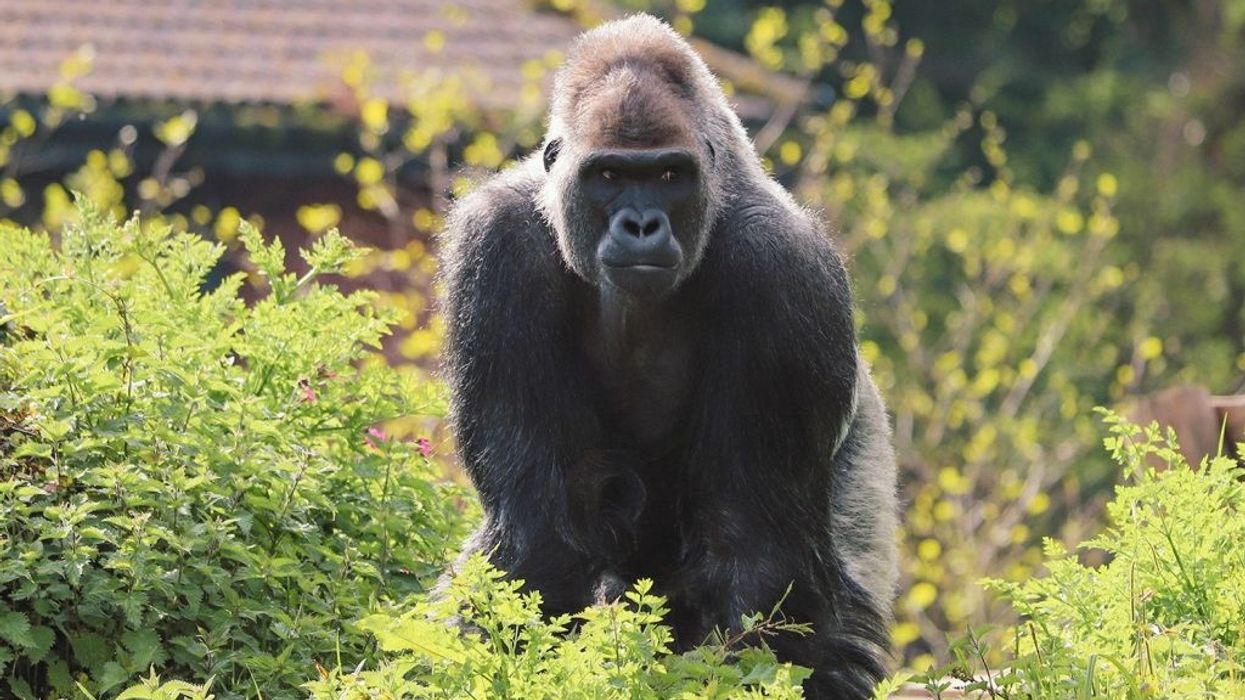
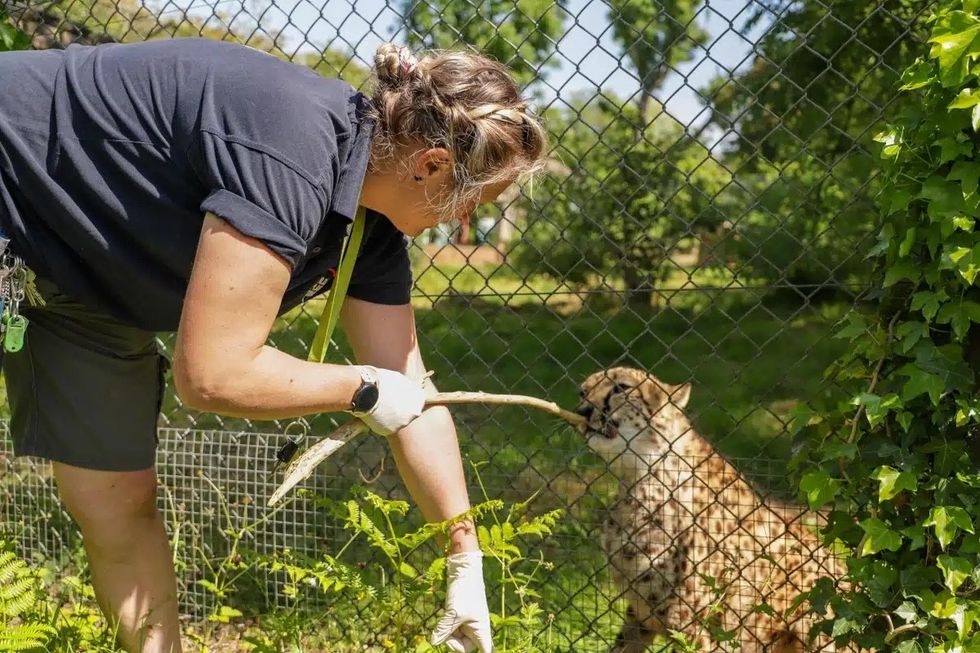






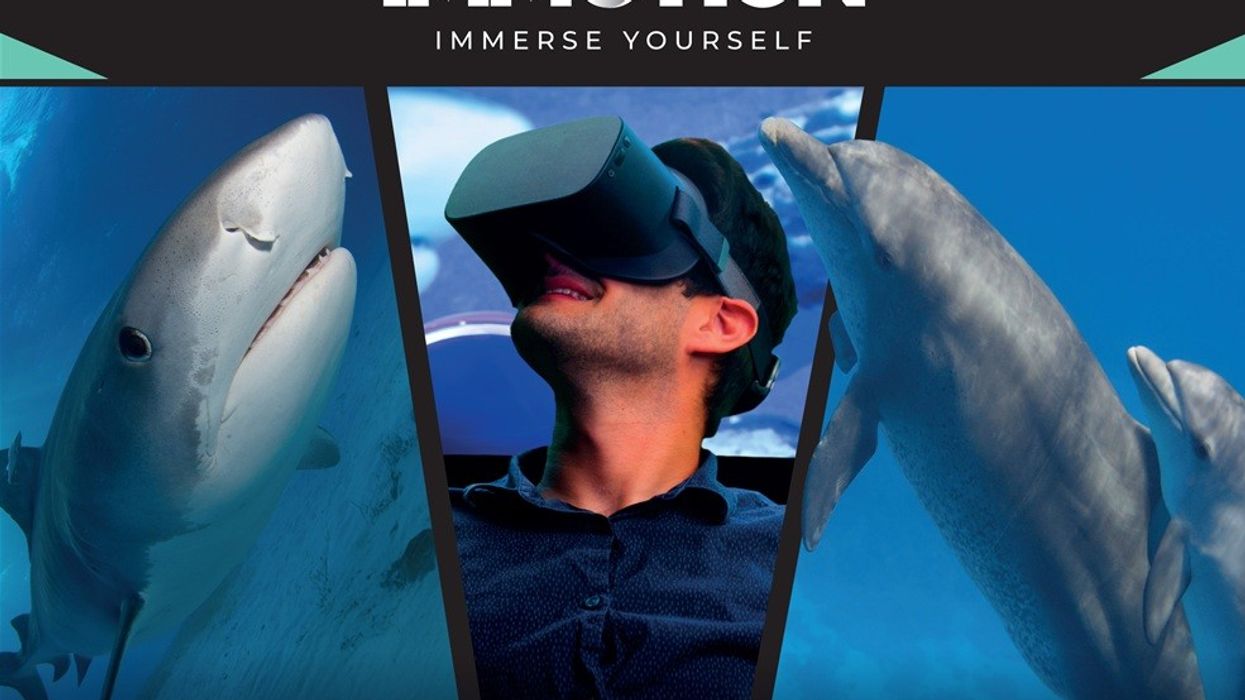
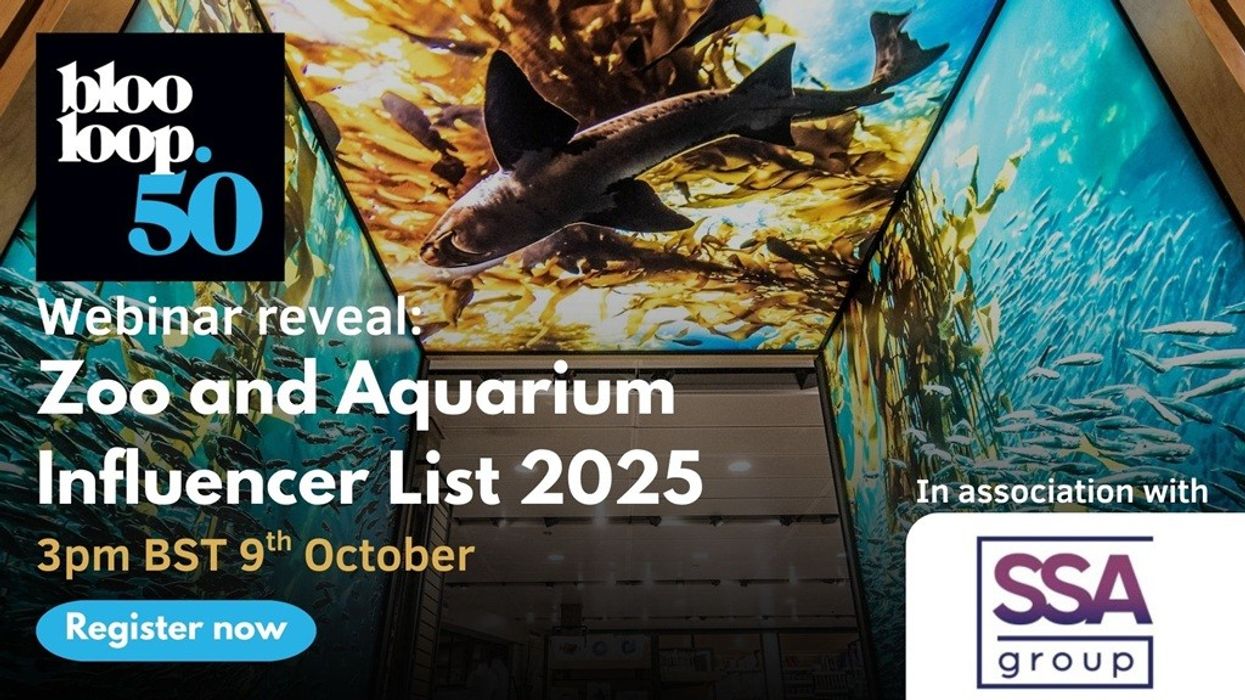

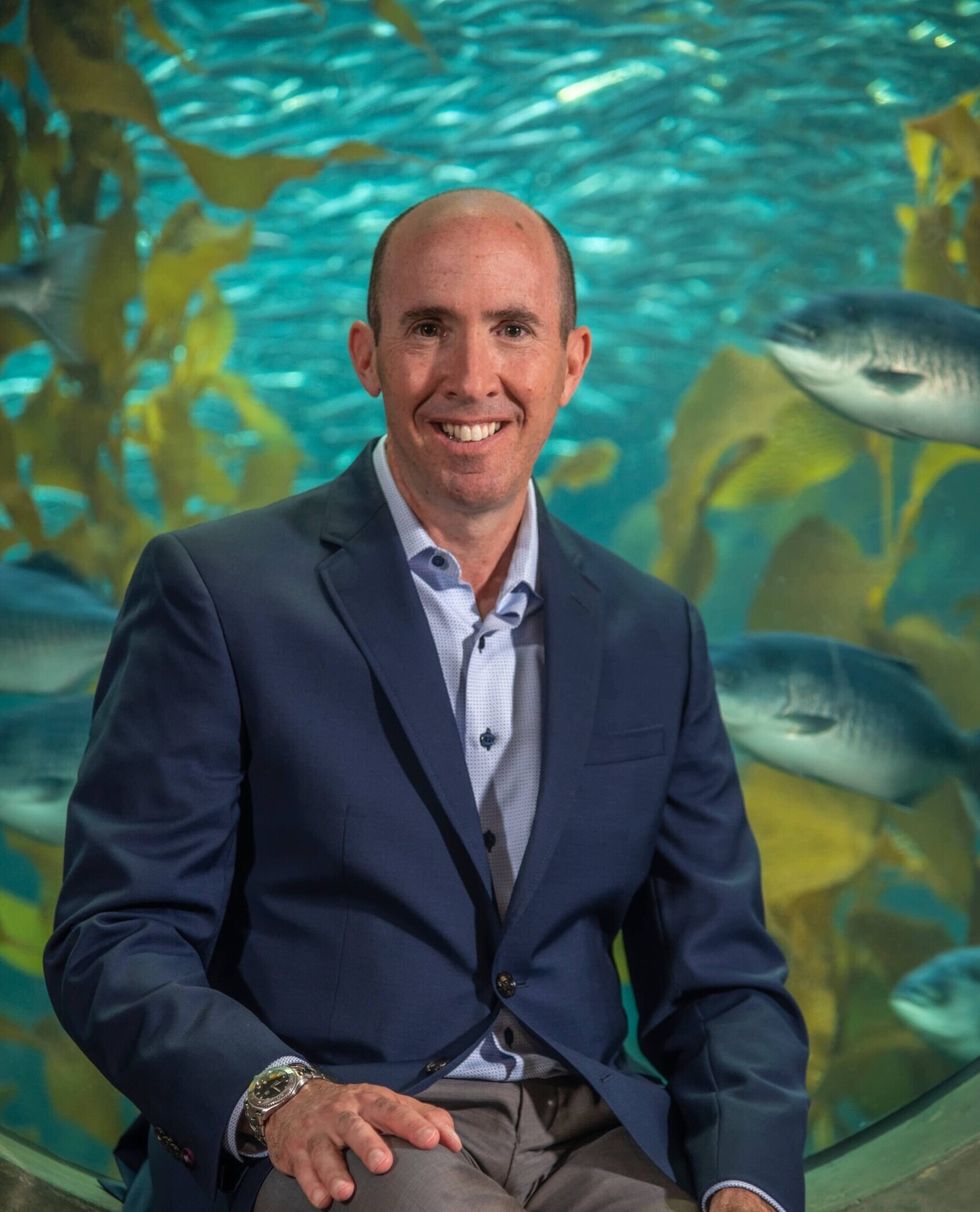 David Rosenberg, Vice President of Guest Experience
David Rosenberg, Vice President of Guest Experience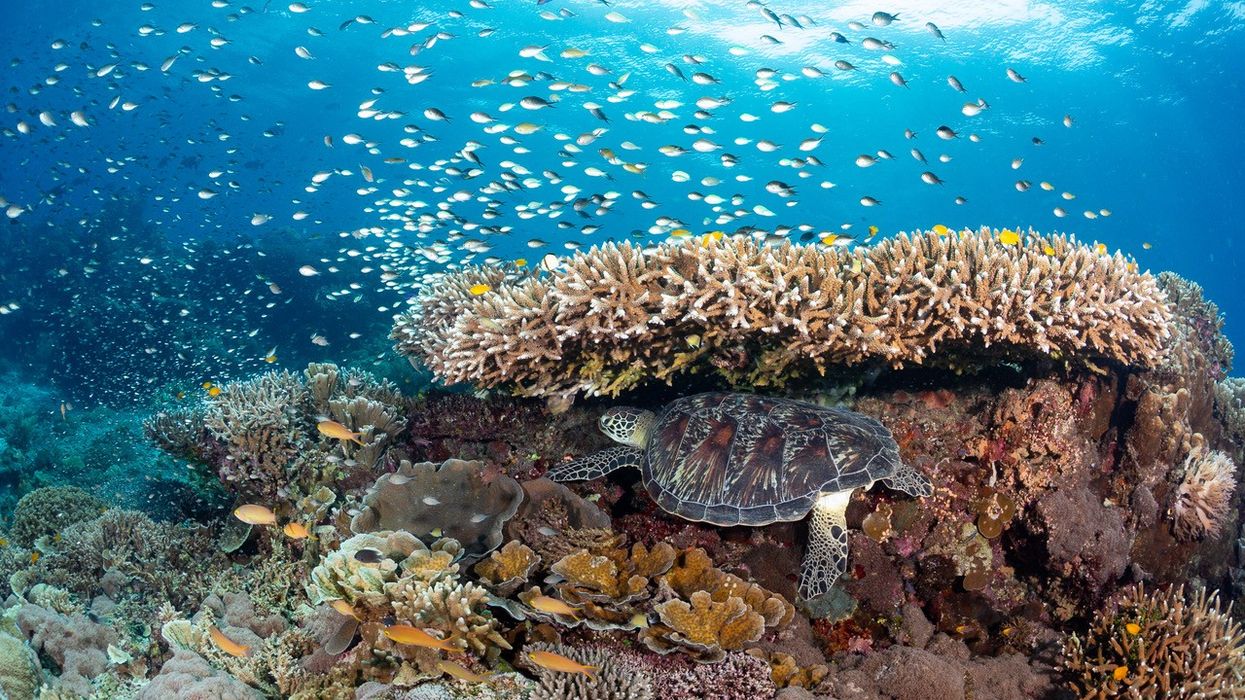
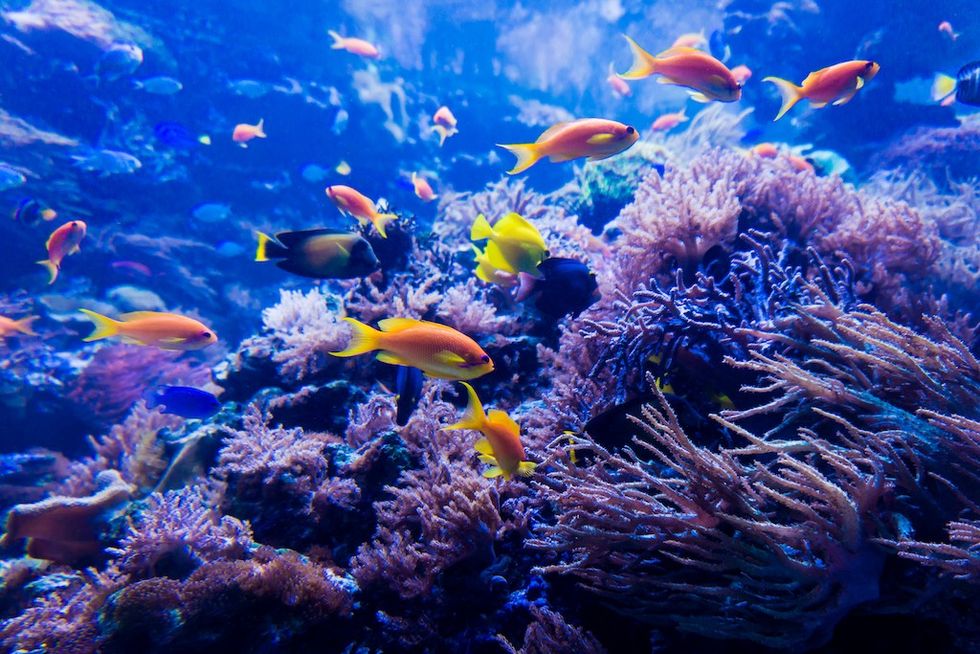
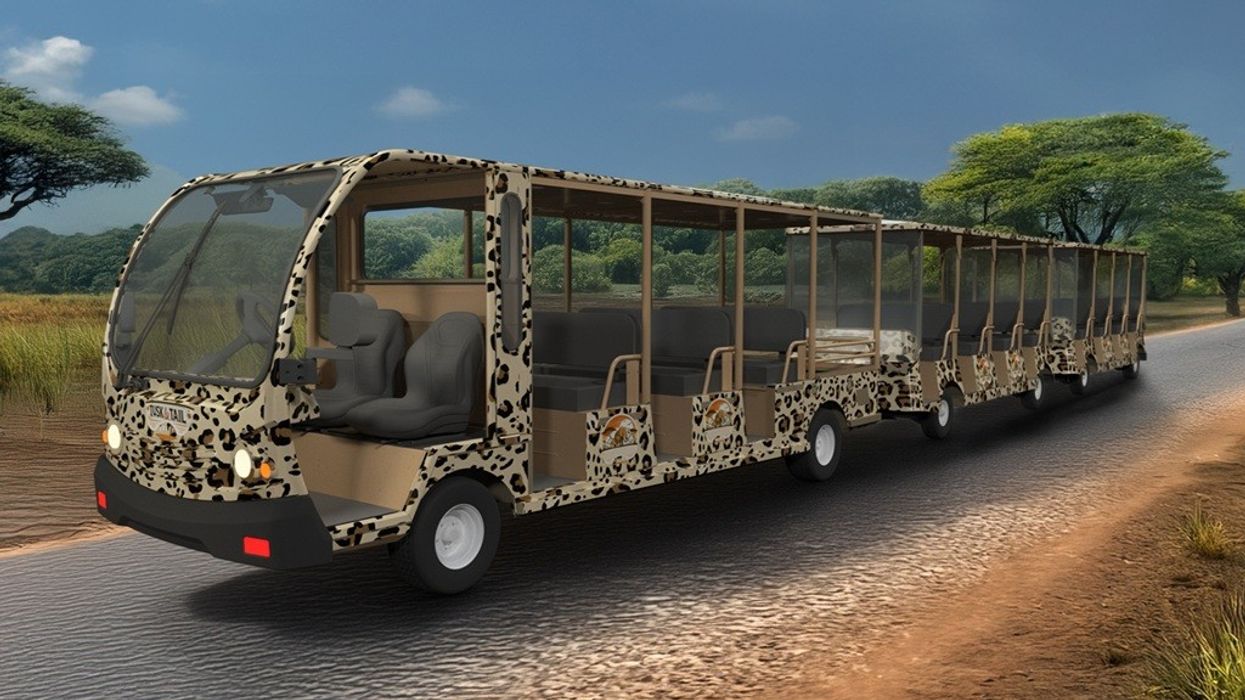
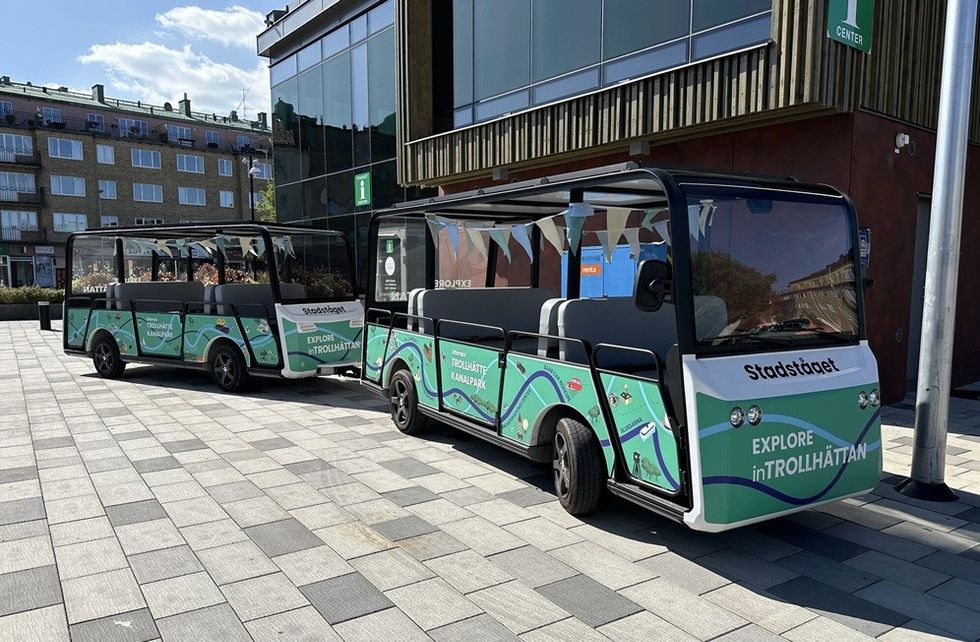 The Solar Shuttle
The Solar Shuttle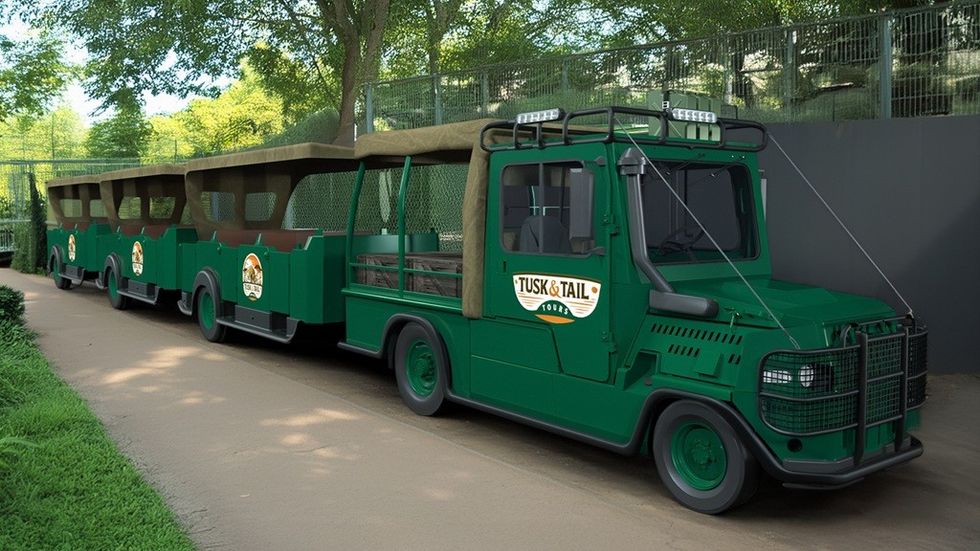 The 9000ST Series
The 9000ST Series